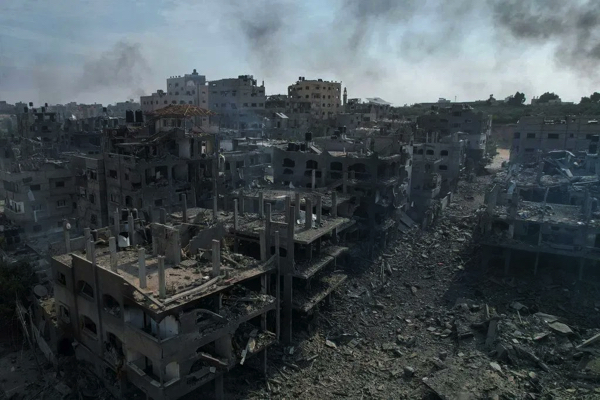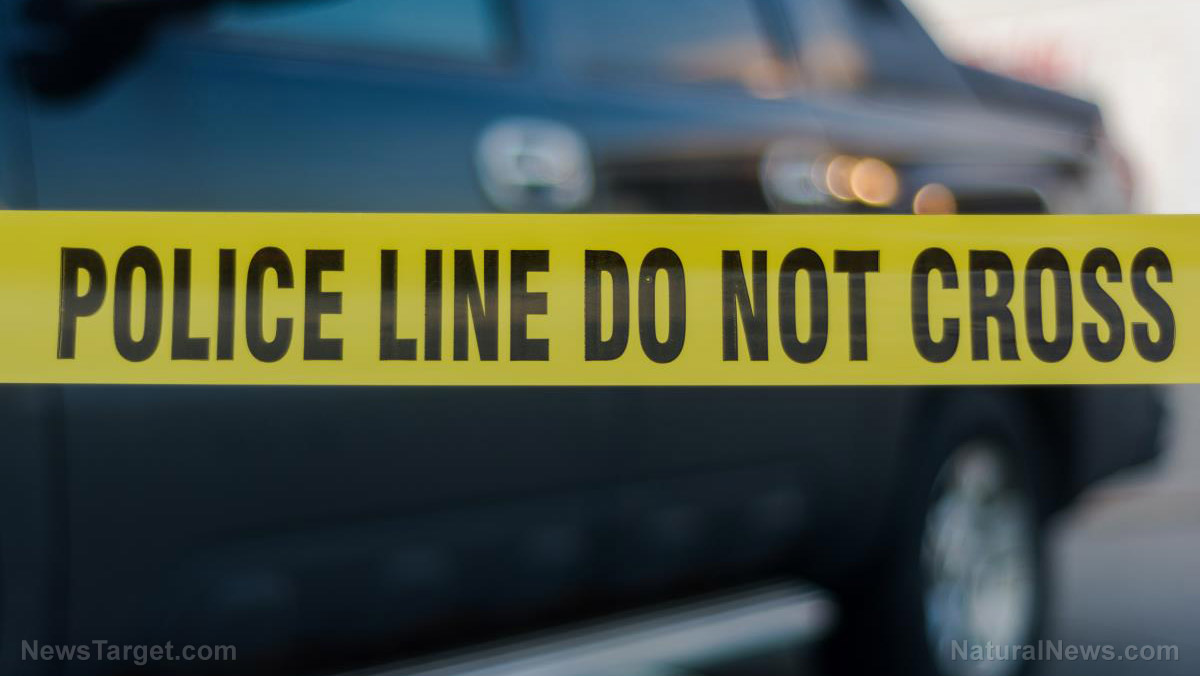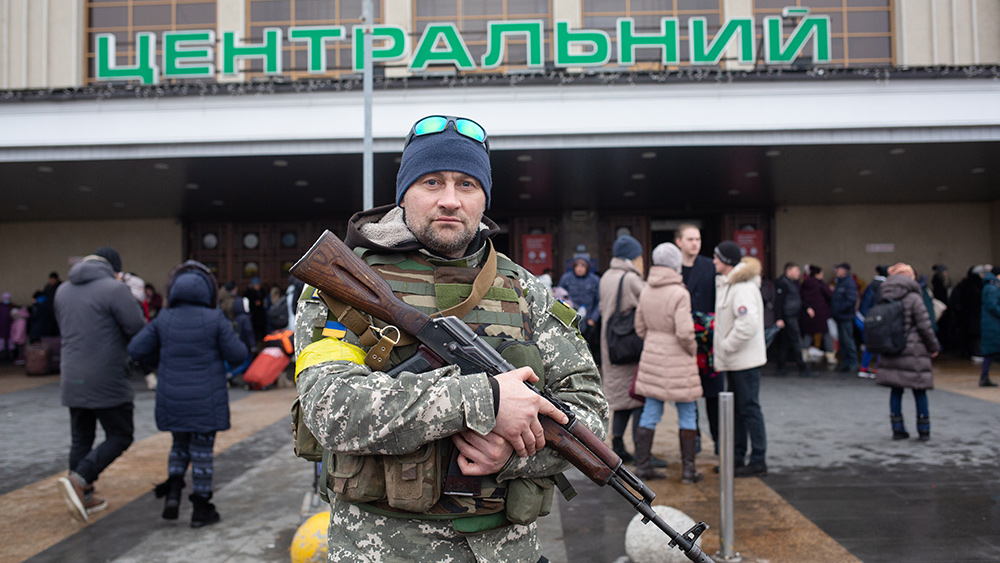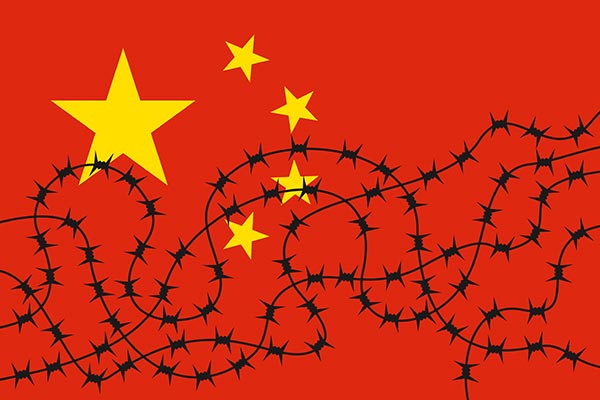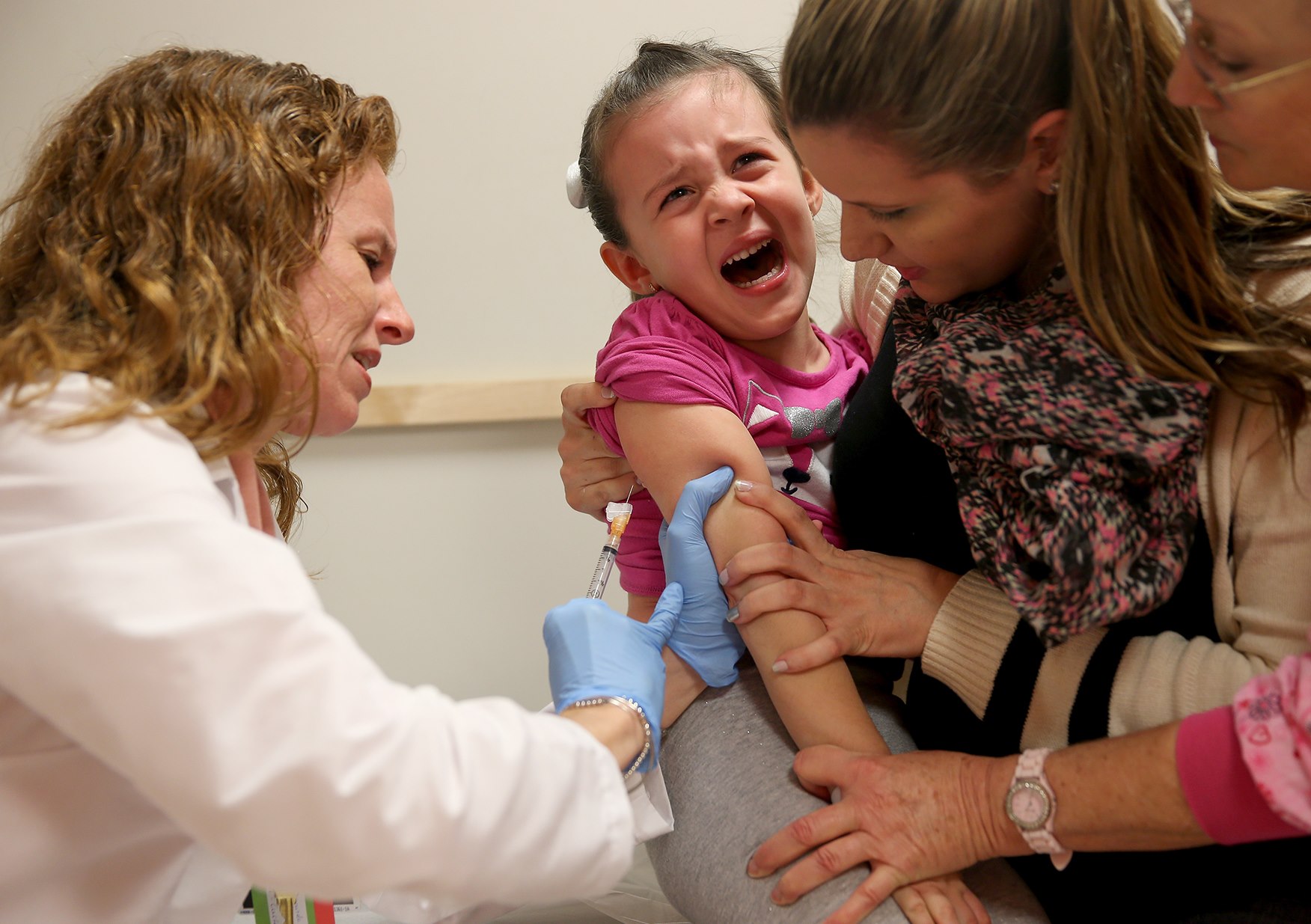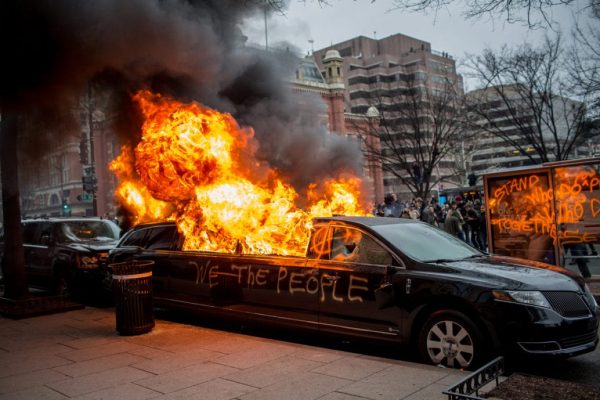
- When disaster strikes, panic can lead to chaos in various public spaces. Public transport systems can become choke points during emergencies. If a family member is stranded, have a pre-planned meeting point, like a trusted friend's home or a secure location along their route.
- Bridges and tunnels are natural bottlenecks and can be blocked by authorities or collapse due to structural damage from earthquakes, floods or attacks. Look for smaller, lesser-known bridges or shallow river crossings. Consider keeping an inflatable raft in your supplies for emergency river crossings.
- Desperate people may swarm banks to withdraw cash, leading to violence. Store cash in small and large bills, along with valuables like silver or barter items such as ammo, medicine and tools.
- Unprepared people will rush to hardware stores for tools and materials to fortify their homes, leading to crowds, fights and shortages. Visit local mom-and-pop hardware stores, as they are less likely to be overrun.
- People dependent on medications will storm pharmacies, leading to violence. Controlled substances make them prime looting targets. Ask your doctor for extra refills, citing travel as a reason to avoid suspicion. Build your food and water stockpile before disaster strikes to sustain your family for the long term. If worried about looters or violence, fortify your home and learn self-defense to protect each other.
Public transport (Trains, buses and ferries)
Public transport systems become choke points during emergencies. They rely on grid power, making them unreliable, and crowds can turn violent. Authorities may also use stations for crowd control, trapping you in a risky situation. What to do instead: If a family member is stranded, have a pre-planned rendezvous point, like a trusted friend's home or a secure location along their route. Ensure they know to stay put rather than risk moving through chaos. If you must travel, walk instead, even if it takes longer. Stick to less visible routes to avoid attention.Bridges and tunnels
Bridges and tunnels are natural bottlenecks. Authorities may block them, or they could collapse due to structural damage caused by earthquakes, floods or attacks. Even if you cross, you might not get back. What to do instead: Map alternate routes. Look for smaller, lesser-known bridges or shallow river crossings. Consider keeping an inflatable raft in your supplies for emergency river crossings. If you must cross, move quickly and quietly, avoiding crowds.Banks and ATMs
Desperate people will swarm banks to withdraw cash, leading to violence. Even if you get your money, you could be robbed on the way out. (Related: Survival basics: How to stay safe if you get stuck in a riot.) What to do instead: Keep emergency cash at home in small and large bills, plus valuables like silver or barter items like ammo, medicine and tools. Store money in multiple hidden spots, like a safe, hidden floorboards or a decoy stash. Avoid flashy transactions. If trading, do so discreetly and with a friend as backup.Big-box hardware stores
Unprepared people will rush to big-box hardware stores for tools and materials to fortify their homes. Crowds, fights and shortages make them high-risk areas. What to do instead: Support local mom-and-pop hardware shops since they're less likely to be overrun by panicking people when SHTF. Stockpile essential tools now, such as:- Hand tools (hammers, saws and wrenches)
- Fasteners (nails, screws and bolts)
- Plywood, 2x4s and plexiglass for emergency repairs
- Duct tape, tarps and sandbag materials
Pharmacies
People dependent on medications will storm pharmacies, leading to violence. Controlled substances (like painkillers) also make them prime looting targets. What to do instead: Maintain a medication stockpile and ask your doctor for extra refills. You can tell them that you're traveling so they don't get suspicious. Rotate your stock to avoid expiration. Learn about natural remedies, such as honey for infections and willow bark for pain, as backups.Big-box sporting goods stores
It's best to avoid big-box sporting goods stores because unprepared survivors will mob them for guns, ammo and camping gear. Fights over supplies, potentially leading to armed confrontations, are likely to occur. What to do instead: Build your supplies now and don’t wait for disaster. Your bug-out bag should sustain you for three to five days minimum. If you must go, scout smaller, lesser-known shops that will be less crowded.Shelters or FEMA camps
While shelters and Federal Emergency Management Agency (FEMA) camps are designed to help those who find themselves without food or shelter, many shelters are understaffed and operating at or above capacity even in normal times. This means that when SHTF, homeless shelters and food banks will be quickly overwhelmed by crowds. Some may be forced to close their doors to newcomers within days of an emergency. These shelters and any publicized FEMA camps that are open will have very poor conditions. Supplies will be strictly rationed, tempers may flare and violence will be rampant. As more people rush to these shelters and conditions worsen, the buildings and surrounding areas will soon turn into breeding grounds for infection and disease. What to do instead: Build your food and water stockpile before disaster strikes so you have enough supplies for your family in case you face a long-term survival scenario. If you are worried about looters or violence in your area, fortify your home. Those of age must also learn how to use self-defense weapons so you can protect each other when things go south. Disasters amplify desperation. The best strategy is avoidance, but if you must enter a danger zone, move fast, stay quiet and be smart. Pre-plan routes, stockpile essentials and have backup rendezvous points. The more you prepare now, the less you'll need to risk later. Stay safe, stay sharp and never be where the unprepared are rushing. Visit Survival.news for more tips on how to survive different emergencies. You can also check out Health Ranger Store and Brighteon Store for prepping supplies and other survival needs. Watch the video below to find out why Organic Long Grain Rice deserves a spot in your survival pantry. This video is from the Health Ranger Store channel on Brighteon.com.More related stories:
Prepping 101: Tips to help you start your prepping journey. Prepping basics: How to scavenge and forage for supplies after SHTF. Advice for beginners: 4 Common prepping pitfalls to avoid. Prepping for SHTF: Top gear you need. Sources include: AskAPrepper.com SHTFToday.news.blog Brighteon.comGaza’s last functioning hospital bombed as Israel escalates offensive
By Cassie B. // Share
Suspect admits targeting Pennsylvania governor in arson attack
By Cassie B. // Share
Ukraine wants 30,000 conscripts MONTHLY to continue its senseless war with Russia
By Ramon Tomey // Share
Hospital staffers sound alarm after 10 nurses were diagnosed with BRAIN TUMORS
By Ava Grace // Share
Germany prepares students for war amid growing security concerns
By Ava Grace // Share
Zelensky extends martial law again, delaying elections amid legitimacy concerns
By isabelle // Share
Trump’s tariff policies trigger global economic decoupling: Health Ranger warns of U.S. collapse
By finnheartley // Share
How Vitamins D and B12 could be the missing link in preventing dementia
By isabelle // Share
